Chase-Lloyd House
Visit Chase-Lloyd House
Popular places to visit
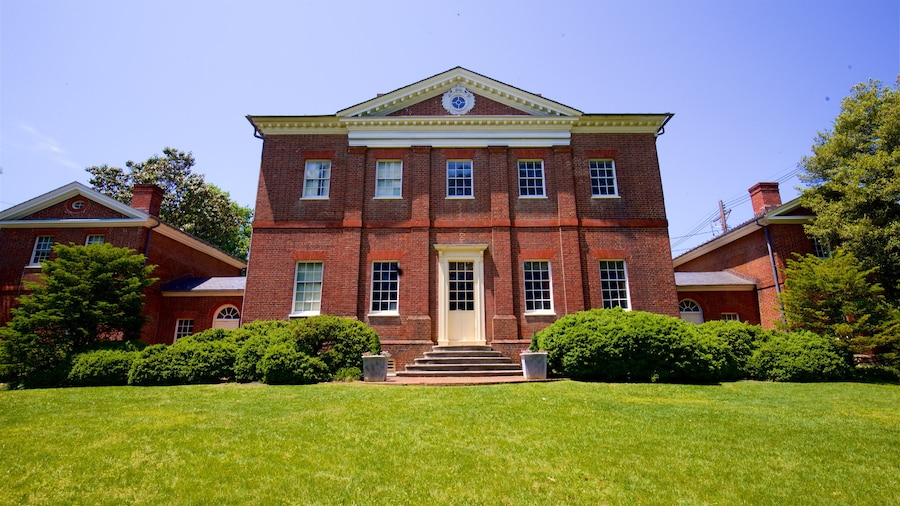
Hammond-Harwood House
Explore the well-preserved interior of this 18th-century residence, which features antique furniture, period décor and prized paintings by Charles Willson Peale.
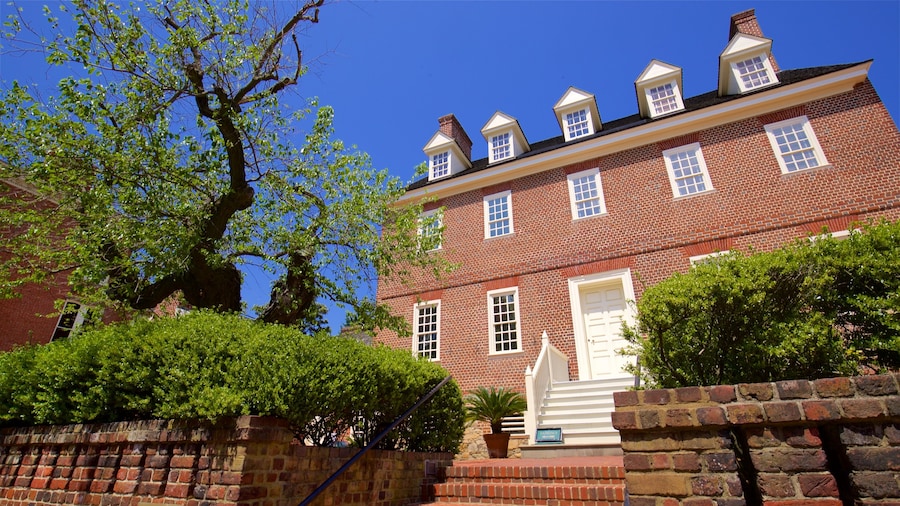
William Paca House
Learn about the life and explore the historic home of 18th-century lawyer and signer of the Declaration of Independence, William Paca.
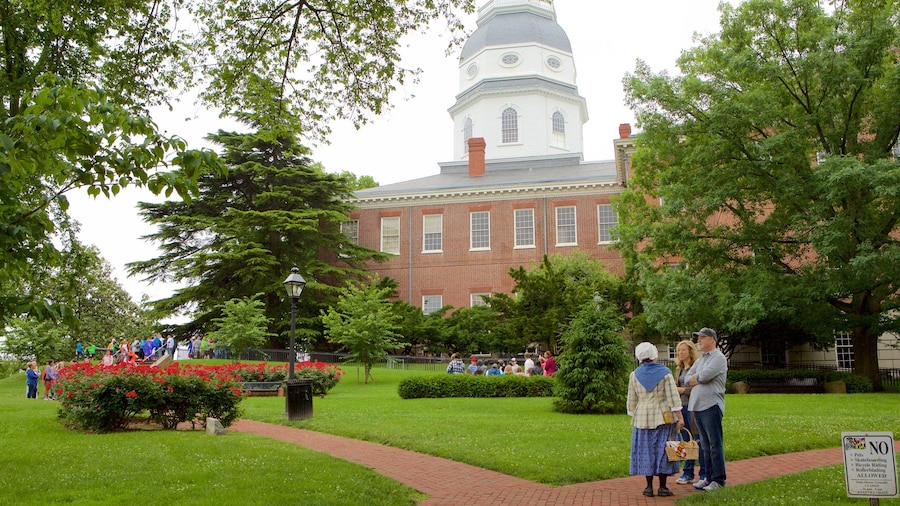
Maryland State House
Appreciate the superb architecture and fascinating history of America’s first peacetime capitol and the oldest state capitol still in legislative use.
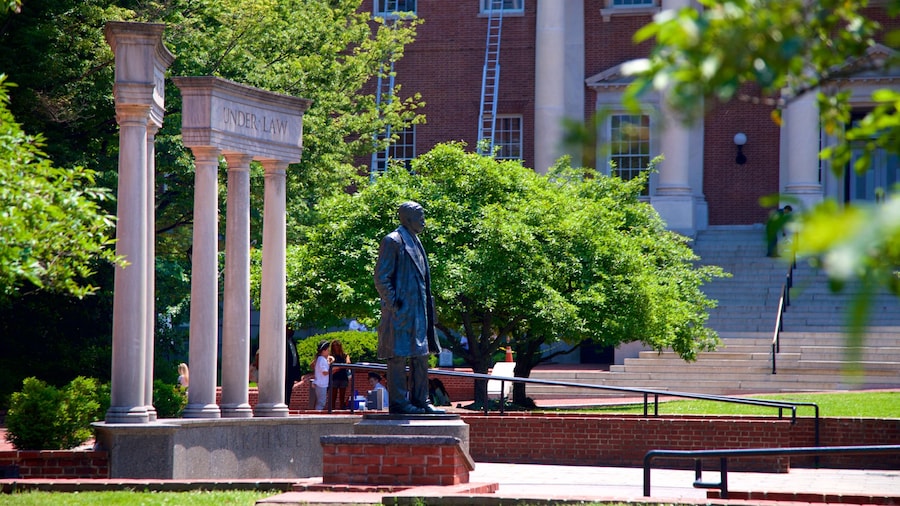
Thurgood Marshall Memorial
Remember the remarkable achievements of the first African-American Supreme Court Justice at this memorial dedicated to the civil rights advocate.
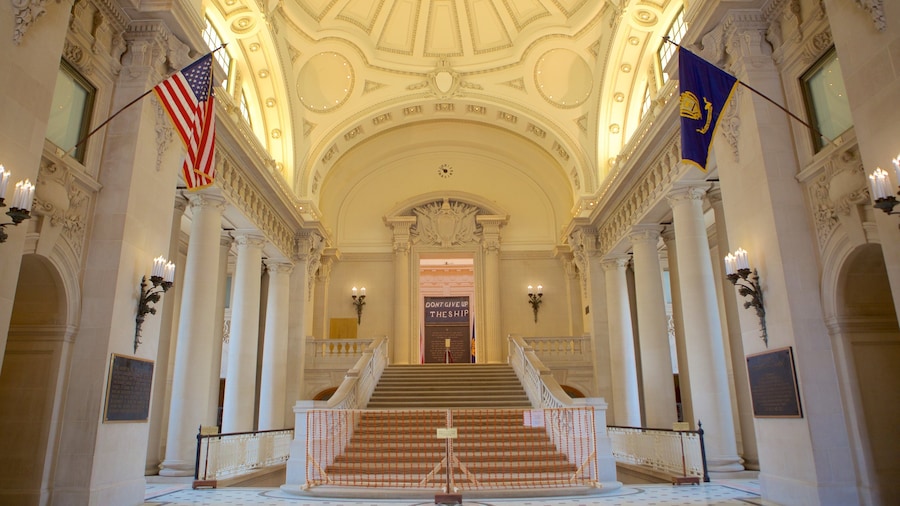
U.S. Naval Academy
See where future generations of Navy and Marine Corps officers are trained at this historic federal service academy within a former fort in Annapolis harbor.
French Soldiers Monument
Enjoy an outing to French Soldiers Monument during your stay in Annapolis. Wander the area's waterfront or simply enjoy one of its top-notch restaurants.
Top Chase-Lloyd House Hotel Deals
Check availability on hotels close to Chase-Lloyd House

Historic Inns of Annapolis

Graduate by Hilton Annapolis

Annapolis Waterfront Hotel, Autograph Collection

Hilton Garden Inn Annapolis Downtown

The Westin Annapolis
Explore a world of travel with Expedia
Explore a world of travel with Expedia
* Savings based on package bookings compared to the price of the same components booked separately. Savings not available on all packages. Book Flight + Lodging, save up to 100% of flight price - Savings based on flight + lodging package prices as compared to the price of the same components available for booking separately before all discounts and rewards applied. Your bundled savings cover up to 100% of your flight. Savings vary based on origin/destination, length of trip, stay dates and travel suppliers. Savings not available on all flight + lodging package bookings.